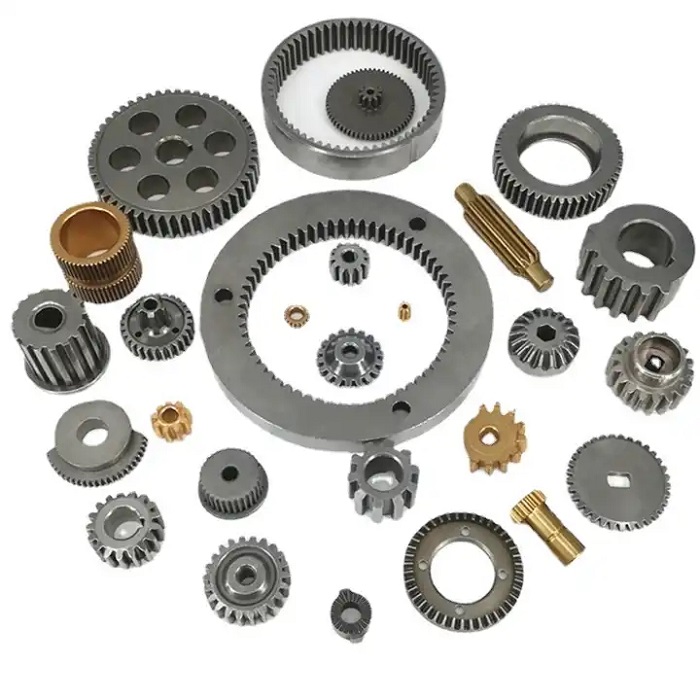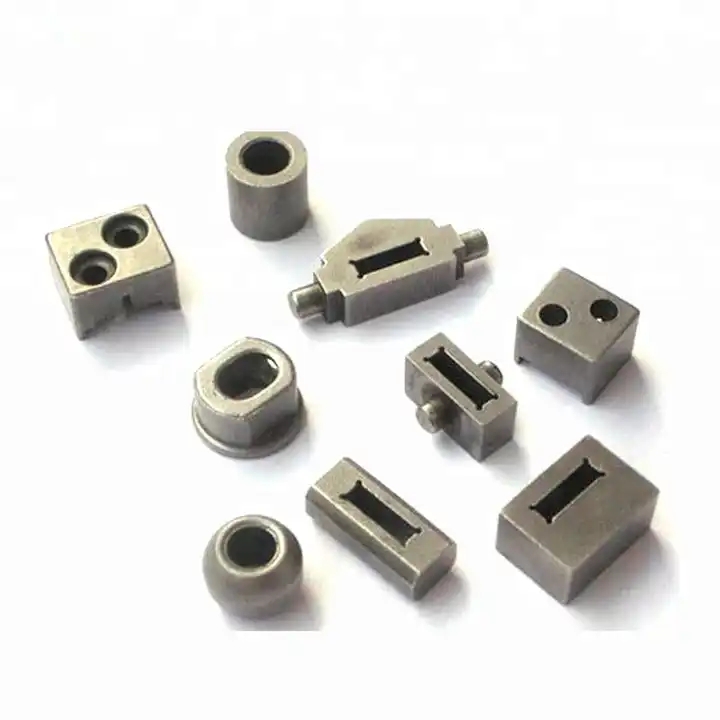Are you looking for ways to enhance the performance and precision of your sintered metal parts? Struggling with achieving the exact specifications and superior quality that your projects demand? Worry no more! Understanding the secondary operations in powder metallurgy can significantly elevate your product quality, leading to better performance and customer satisfaction.
What are the Secondary Operations in Powder Metallurgy?
Secondary operations in powder metallurgy are crucial processes that refine and enhance the properties of sintered metal parts. These operations are divided into traditional processes and PM-enhancing techniques, each serving to improve dimensional accuracy, surface finish, and overall performance of the metal parts.

Traditional Secondary Operations
- Sizing: This repressing operation corrects distortions from sintering and enhances dimensional precision, improving tolerance limits by up to 50%.
- Machining: Techniques like grinding, turning, and milling add features that compaction cannot achieve, ensuring exact tolerances and superior surface finishes.
- Deburring: Removes metal protrusions (burrs) post-forming, preventing sharp edges and enhancing the product’s performance and safety.
- Coining: Applies pressure to achieve closer tolerances and smoother surfaces, reducing the need for frequent tooling replacements and extending the lifespan of parts.
- Impregnation: Fills pores in sintered parts with materials like plastic, resin, or metals to improve machinability, seal parts gas or liquid tight, and enhance corrosion resistance.
- Steam Treating: Forms a thin oxide layer on iron-based sintered products, improving corrosion resistance, pressure tightness, hardness, and magnetic properties.
PM-Enhancing Techniques
- Plating: Copper, nickel, and zinc plating enhance corrosion resistance and improve the appearance of parts.
- Shot-Peening: Induces compressive stresses on the surface, significantly improving the fatigue life of the parts.
- Heat Treating: Processes like quenching and tempering enhance the strength and hardness of ferrous structural parts.
- Finishing: Operations like tumbling, vibratory finishing, grit blasting, and coating improve surface finish, corrosion resistance, and overall appearance.
The Benefits of Secondary Operations
Understanding the benefits of specific secondary operations can help you make informed decisions to optimize your production process.
Benefits of Using Machining in Powder Metallurgy: Machining allows for the creation of intricate features that cannot be achieved during compaction, ensuring precise tolerances and high-quality surface finishes. This makes it essential for parts requiring high accuracy and fine detailing.
Importance of Deburring in Metal Parts Production: Deburring is vital as it removes sharp edges and protrusions that can cause damage or affect the performance of metal parts. By ensuring smooth edges, deburring enhances the safety, reliability, and functionality of the components.
Precision Improvement through Sizing: Sizing significantly improves the dimensional precision of powder metallurgy products. By correcting distortions that occur during sintering, sizing helps achieve exact dimensions and tight tolerances, ensuring the parts meet stringent quality standards.
Surface Finish Enhancement with Coining: Coining applies pressure to the surface of metal parts, resulting in closer tolerances and smoother finishes. This process not only improves the aesthetic appeal but also enhances the part’s functionality by reducing friction and wear.
Common Materials for Impregnation in Powder Metallurgy: Materials such as plastics, resins, and metals are commonly used for impregnation. This process fills the pores of sintered parts, enhancing machinability, sealing parts against gases and liquids, and improving corrosion resistance.
By incorporating these secondary operations, you can significantly enhance the quality, performance, and longevity of your powder metallurgy products. Whether it’s through improved precision, superior surface finishes, or enhanced durability, these processes ensure that your parts meet the highest standards of excellence.
In conclusion, secondary operations in powder metallurgy are essential for refining the properties of sintered metal parts. By understanding and utilizing processes like machining, deburring, sizing, coining, and impregnation, manufacturers can achieve superior quality and performance. These enhancements not only meet but often exceed customer expectations, making powder metallurgy a versatile and valuable manufacturing technique for a wide range of applications.



